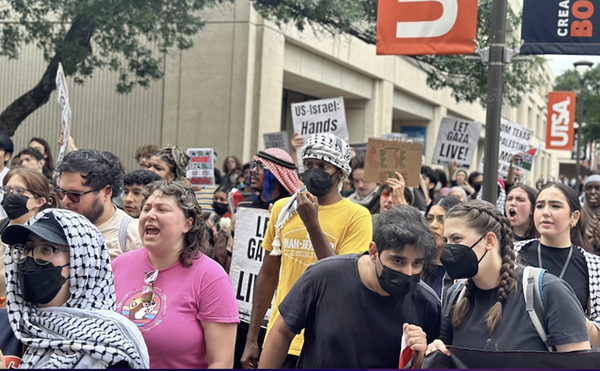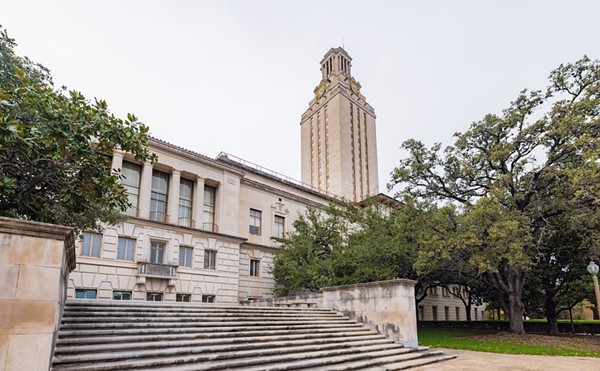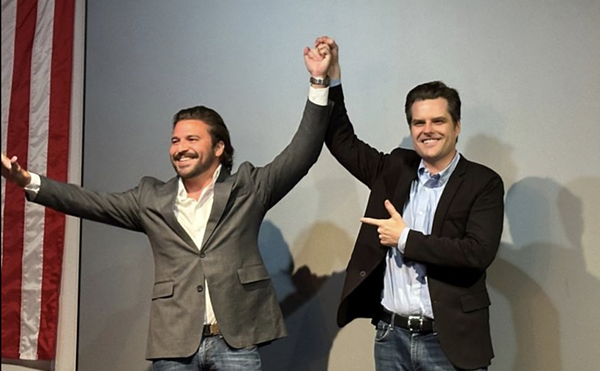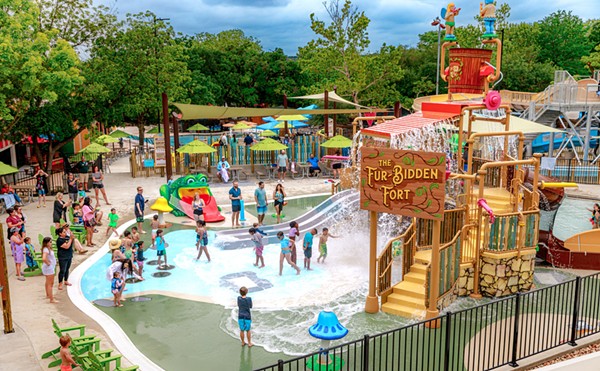
In March, the Alamo Regional Mobility Authority unanimously approved a feasibility study for a proposal from billionaire Elon Musk's Boring Co. to build subterranean "public transit" from the San Antonio International Airport to downtown.
At the meeting, RMA Board Member Michael Lynd Jr. and Bexar County Director of Public Works Renee Green affirmed that the Boring Co.'s proposal — a nine-mile underground tunnel that would transport passengers in Teslas from the airport to the Pearl and downtown — was the most feasible option among the bids it considered.
Questions have swirled about what problem Musk's $247 million-plus overture would solve, whether it qualifies as public transit and whether transportation dollars would be better spent on better-proven, if less-flashy, solutions to San Antonio's traffic woes.
As the Boring Co.'s $247 million bid undergoes a feasibility evaluation, it's worth considering whether Musk's latest pie-in-the-sky venture has any prospect of working. According to local experts across a variety of disciplines, the project is doomed from the start.
Water woes
Although details about Musk's San Antonio tunnel remain murky, what is known is that the project would be constructed in two phases and feature three stops connecting the airport, the Pearl and downtown. The subterranean track would take 36 months to complete and cost between $247 million and $289 million, according to the Alamo RMA. It's projected to result in $25 million in revenue for the transit authority.
Even though a definite route hasn't yet been disclosed, the most direct one — which would follow U.S Highway 281 — also happens to traverse vital springs that help replenish San Antonio's water supply.
"The problem is that San Antonio Springs — the Blue Hole — is the original of two springs in the area that formed the San Antonio River," said Evelynn Mitchell, a professor of environmental science at St. Mary's University. "San Pedro Springs at San Pedro Park being the other. Those key waterways are the reason our city was established in the first place."
While neither San Antonio Springs nor San Pedro Springs are part of the Edwards Aquifer Recharge Zone, both geological features connect to the Alamo City's primary source of drinking water — and they lie in the way of Musk's proposed tunnel.
"There's multiple problems with boring through that area," Mitchell explains. "The process is going to require the cementing of the outside of the tunnel. That, along with the fluids that they use could potentially contaminate the [underground] pathways and get into our groundwater supply."
Even if the Boring Co. doesn't poison San Antonio's drinking water, the tunnel could intersect one of the underground waterways that feed into the Edwards Aquifer and potentially stop the spring water from feeding into the underground water supply permanently, according to Mitchell.
Similar environmental concerns are the reason why the Boring Co. has only managed to complete one project so far, Musk's Las Vegas hyperloop, according to multiple media reports.
The billionaire bailed on his proposed Los Angeles tunnels, the longest of which was meant to be 40 miles long. The network was intended to connect Long Beach Airport to Sherman Oaks and LAX to Dodger Stadium. Boring Co. planned to wrap up the project in 2018 but scrapped it due to California's strict environmental review process.
As reported by the tech magazine Curbed in 2017, Musk's Los Angeles project was subject to review under California's Environmental Quality Act, which could have taken three to four years to complete.
The venture also aroused concerns from LA residents, who worried that Musk would end up boring into old oil wells, unleashing methane-fueled explosions. One such high-profile incident occurred in 1985, when a downtown Los Angeles dress store was blown up by a methane buildup.
The failure of the Los Angeles project wasn't a one-off, though. Environmental and political concerns stalled out the Boring Co.'s proposed tunnel projects in Chicago and Baltimore-Washington, D.C.
"I think there was an expectation from Tesla that 'we will start digging a hole and when something gets in our way, we'll deal with it and we'll keep digging,'" former Maryland Secretary of Transportation Pete Rahn told NBC News last year. "That's just not how the system works in the public environment."
As a result, Musk and the Boring Co. have turned their attention to states with less regulation, such as Nevada and Texas. But experts caution that even in those states, Musk's tunneling enterprise is likely to face blowback from residents — namely in the form of NIMBYism.
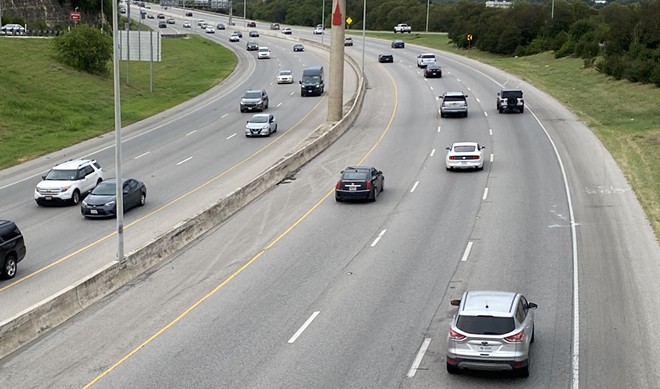
09ers versus Musk
Under Texas State Law, any entity that wants to drill under private property needs permission from the landowner, says Emilio Longoria, an assistant professor at St. Mary's Law School who specializes in eminent domain.
"When you look at government strategy when acquiring property for these kinds of projects, unfortunately, there's a lot of empirical evidence that these projects tend to go through places where the land is cheaper, the people are poor and the facilities not great," Longoria said.
In contrast, the Boring Co.'s San Antonio project would tunnel under, or at least near, some of the most affluent ZIP codes in Texas, among them Alamo Heights' 78209.
"Those people are likely to have the means to fight this [project] and get really frustrated by the consequences," Longoria said. "I mean, could you imagine a whole bunch of landowners in Alamo Heights being told that they're not allowed to build pools anymore?"
Beyond the ban on pool construction, residents in the path of Musk's tunnel could face higher insurance premiums, not to mention increased risk of burst water pipes and electrical issues, the professor noted.
Even if the Boring Co. gets a green light from regulators, it would likely face a knock-down-drag-out fight with property owners all along its nine-mile path.
VIA redundancy
With those theoretical hiccups facing its project, the Boring Co. might opt to reroute its tunnel.
One hypothetical scenario is that the company could utilize an existing rail line that starts at the airport and cuts across San Pedro Avenue, which would wind up at UTSA's downtown campus, theorizes St. Mary's University political scientist Arturo Vega.
But even then, it's difficult to say whether the rail line owner would be willing to sell, Vega added. And that route still doesn't solve the problems associated with tunneling underground.
Even if the Boring Co. solved all the dilemmas raised by this project and rerouted its tunnel through neighborhoods around San Pedro, there's still one more problem: VIA Metropolitan Transit.
VIA is working on a public transit project of its own — one backed with federal money — that also aims to connect the airport to downtown. That 12-mile project, set for a 2027 completion, will utilize electric buses to ferry passengers down San Pedro.
Essentially, both VIA's and the Alamo RMA's project would serve the same function and potentially follow a nearly identical route, according to observers. The only difference is that VIA's, at least so far, appears functional, while Musk's has faced criticism for being a tourist attraction.
Alamo RMA
Given the scuttling of other high-profile tunnel projects, it might seem that Boring Co. would have anticipated the myriad challenges facing its San Antonio proposal.
Not necessarily so, said Longoria of St. Mary's Law. It's not uncommon for businesses to issue proposals without thoroughly examining the feasibility beforehand, he explained. Indeed, many simply aim to get a proposal approved, expecting that at some point their plan will need to be rerouted and changed.
But that reasoning doesn't explain why Alamo RMA deemed Boring Co.'s proposal the most feasible and cleared it for further study. The competing bids for the RMA's airport-downtown project were to be built above ground.
The project itself certainly raises questions about what Alamo RMA is trying to accomplish.
The entity was created 19 years ago to develop toll road projects in the San Antonio area, and to date hasn't built any. Some critics argue Alamo RMA is desperately trying to come up with something to prove the necessity of its own existence.
The Alamo RMA was already downsized nearly out of existence in 2013 after federal environmental studies on U.S. Highway 281 and Loop 1604 bogged down a proposed interchange there. At the time, then-Bexar County Commissioner Kevin Wolff proposed cutting the RMA's staff to zero.
"Why would you spend hundreds of thousands of dollars to do nothing?" Wolff asked at the time.
It's a question that bears repeating in 2022 — although with the figures revised upward by a considerable amount.
Stay on top of San Antonio news and views. Sign up for our Weekly Headlines Newsletter.








